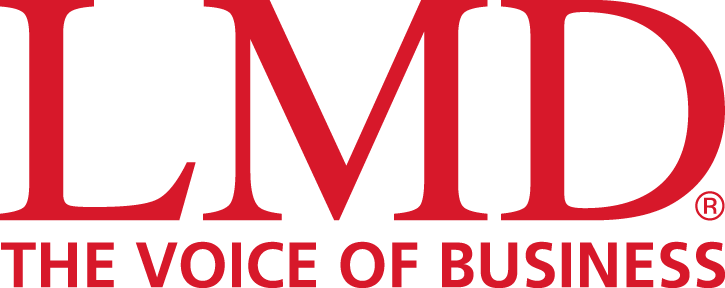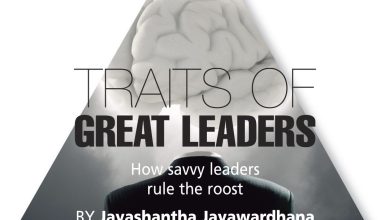ORGANISATIONAL BEHAVIOUR

GROUPTHINK IN LEADERSHIP
Dr. Muneer Muhamed explains why it is necessary to discourage conformity

Leadership is a multifaceted concept that involves guiding a group toward its goals. While effective leadership is crucial for success, certain mistakes can have detrimental consequences. Encouraging groupthink is one such error.
Groupthink is a phenomenon where individuals within a group vie for consensus and harmony over critical thinking and independent analysis.
It was first coined by psychologist Dr. Irving Janis in the 1970s, and is characterised by several key components such as the illusion of invulnerability, collective rationalisation, self-censorship and the belief in the inherent morality of the group as a whole.
When groupthink dominates in an organisation, it can lead to poor decision making, stifled innovation and a lack of accountability – similar to what we see in politics and governance globally today.
Encouraging groupthink will lead to several consequences.
One of the most significant consequences is poor decision making. When a leader creates an environment where dissenting opinions are discouraged, it will result in a lack of critical evaluation of ideas and alternatives.
Group members may conform to the dominant viewpoint, which will result in decisions that are not carefully thought out. This can lead to misguided plans and ultimately harm the organisation’s success.
A tragic case in point is the Space Shuttle Challenger disaster in 1986. NASA engineers were under pressure to launch the shuttle despite concerns about the vulnerability of O rings to cold temperatures. Even engineers who had reservations didn’t speak up, fearing a lack of consensus.
Innovation is the lifeblood of progress in any enterprise. Groupthink stifles creativity and innovation by promoting conformity, and discouraging new and unconventional ideas. When everyone in a group agrees and avoids challenging the status quo, the organisation may miss out on groundbreaking innovations and opportunities for growth.
Kodak ignored the potential of digital photography due to an overemphasis on its photo film business – and this ultimately led to bankruptcy as digital photography became the new norm.
Encouraging groupthink also leads to a lack of individual accountability. When group members conform to the consensus without independent analysis, it becomes challenging to attribute decisions or actions to specific individuals.
Many enterprises find themselves in this situation due to the diffusion of responsibility within the organisation. The 2008 global financial crisis (GFC) saw various institutions engage in risky behaviour that contributed to the economic meltdown.
Groupthink played a major role as top leaders and employees followed the herd mentality, and believed that their actions were acceptable because everyone else was doing it.
When individuals are discouraged from questioning prevailing beliefs, it can create an environment where dissent is seen as disloyalty.
Over time, this can lead to a dysfunctional organisation that’s resistant to change and unable to adapt to new challenges. The collapse of Enron in 2001 is a prime example where the company’s leadership encouraged a culture of unwavering loyalty by stifling any criticism or dissent. This finally led to financial malpractices and the demise of the business.
It’s crucial for the leadership of enterprises to stop encouraging groupthink and promote a culture of critical thinking and diversity of ideas. Employees should be encouraged to voice their opinions even if they go against the majority because constructive criticism should be the norm. Analytical thinking by employees must be recognised and rewarded.
There needs to be diversity of culture, background, education and so on in the composition of organisational teams, and it’s important to appoint a devil’s advocate at critical meetings to challenge any prevailing assumptions.
Independent analysis must be encouraged by asking employees to conduct independent research before deciding on a course of action.
Decision-making processes such as a strengths, weaknesses, opportunities and threats (SWOT) analysis, or a political, economic, social, technological, environmental and legal (PESTEL) framework, should be implemented to arrive at objective decisions.
Open communication must be encouraged throughout the enterprise so that it’s easier for employees to provide feedback. And tech tools will enable anonymity for those making suggestions and providing feedback.
Leadership roles need to be rotated regularly within teams to prevent nepotism and dominance in decision making.
External consultants will help provide outside perspectives as they have valuable insights and can challenge internal assumptions. The organisation must also reflect on its past mistakes and learn from them.
Group dynamics at meetings should be monitored to identify early signs of groupthink such as conformity, self-censorship and so on.
Innovation is the lifeblood of progress





